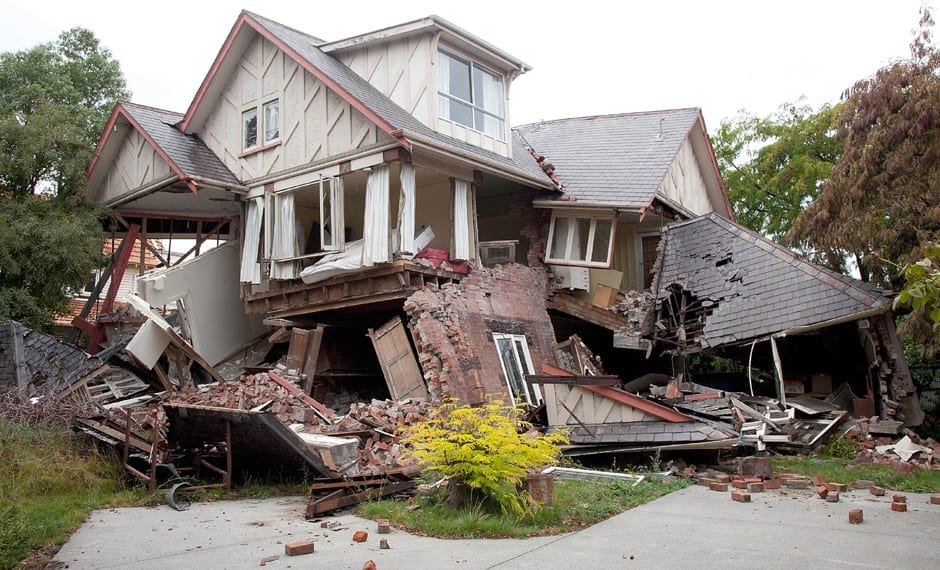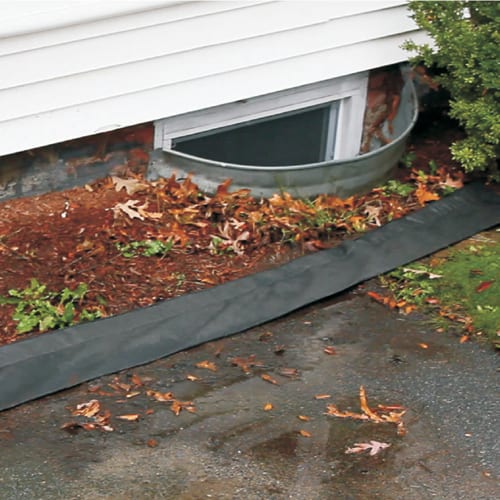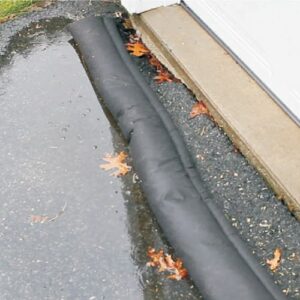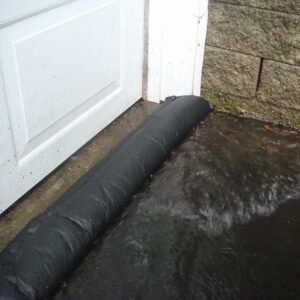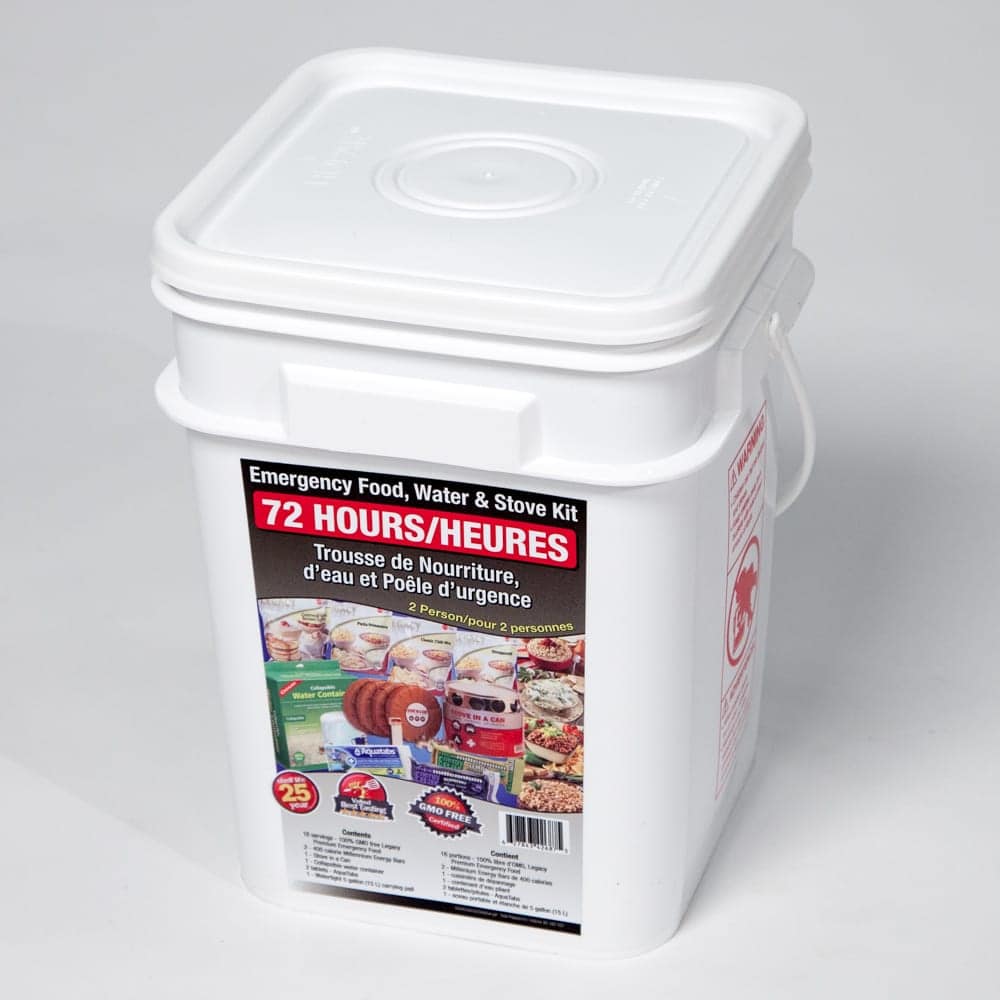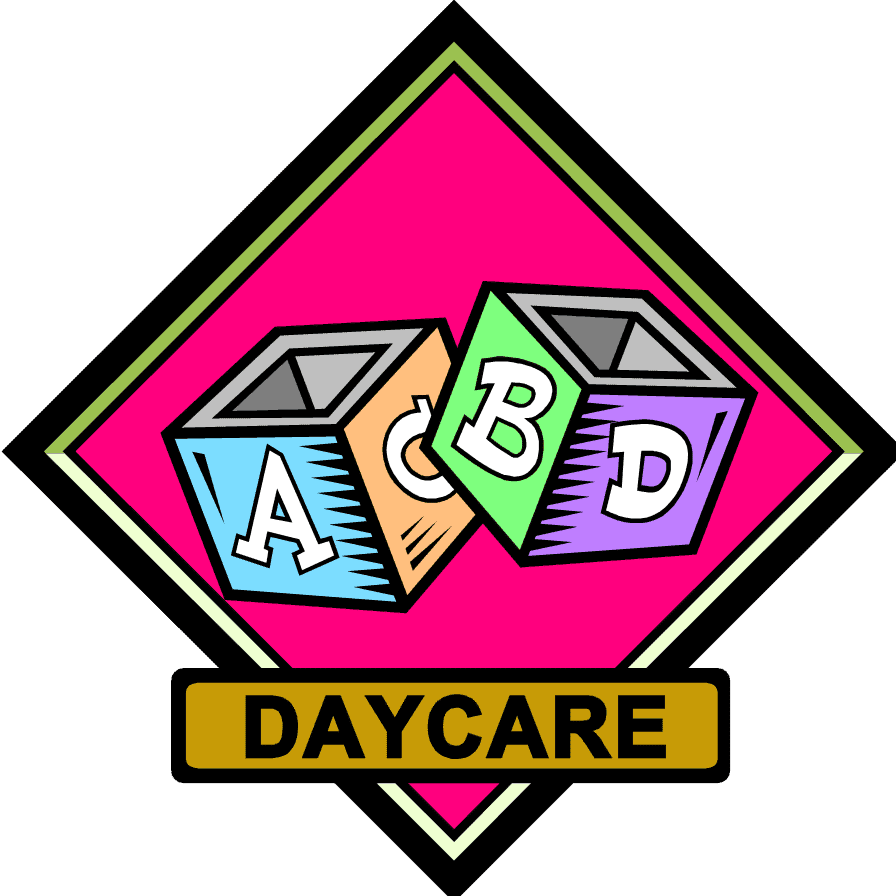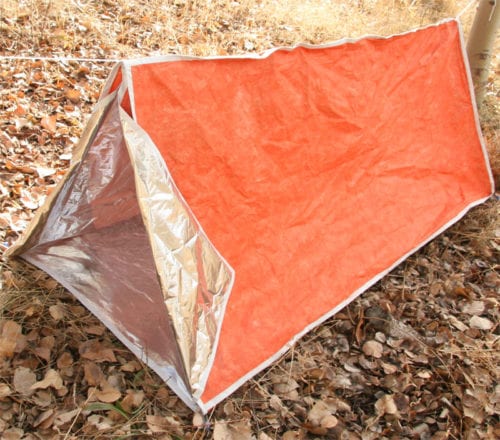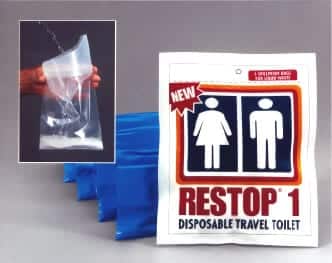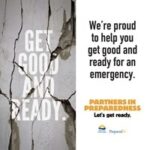Eerie quiet at NW fault where ‘big one’ may shake
The opening line of Tom Banse’s news report caught our attention: “Any parent of a rambunctious youngster can tell you trouble might be afoot when things go quiet in the playroom. Two independent research initiatives indicate there is a comparable situation with the Cascadia earthquake fault zone….onshore seismometers have detected few signs of the grinding and slipping you would expect to see as one tectonic plate dives beneath another”
The unknown makes us worried. We grab hold of any information we can glean from the environment around us and we look to those who can explain it. What IS going on so deep beneath our feet and when is the earth going to release its pressure?
University of Oregon geophysics professor Doug Toomey comments in the report: “What is extraordinary is that all of Cascadia is quiet. It’s extraordinarily quiet when you compare it to other subduction zones globally. If there were low levels of offshore seismicity, then we could say some strain is being released by the smaller events. If it is completely locked, it means it is increasingly storing energy and that has to be released at some point.”
Tom Banse reports “The bottom line: Even with more sensitive instruments, it’s still eerily quiet out there. Which leads the researchers to conclude the dangerous Cascadia fault zone is stuck — or in science-speak, it is fully “locked.” The evidence pointing to the colliding tectonic plates being completely stuck has serious implications for earthquake risk on land in the Pacific Northwest. Toomey said a big unknown is how much strain has accumulated since the plate boundary seized up, and secondly, how much more strain can build up before the fault rips and unleashes a possible magnitude-9.0 megaquake and tsunami. Toomey described himself as “very concerned” and said it is “imperative” people in the Northwest continue to prepare for a big earthquake.”
“The last full rip of the Cascadia Subduction Zone happened in January 1700. The exact date and destructive power was determined from buried forests along the Pacific Northwest coast and an “orphan tsunami” that washed ashore in Japan. Geologists digging in coastal marshes and offshore canyon bottoms have also found evidence of earlier great earthquakes and tsunamis.”
“The inferred timeline of those events gives a recurrence interval between Cascadia megaquakes of roughly every 400 to 600 years, reports the Pacific Northwest Seismic Network.”
We feel this is important information to share and we will be watching for more reports as seismologists continue their quest to bring us news.
To read or listen to the full article by Tom Banse, Northwest Public Radio, click here.


